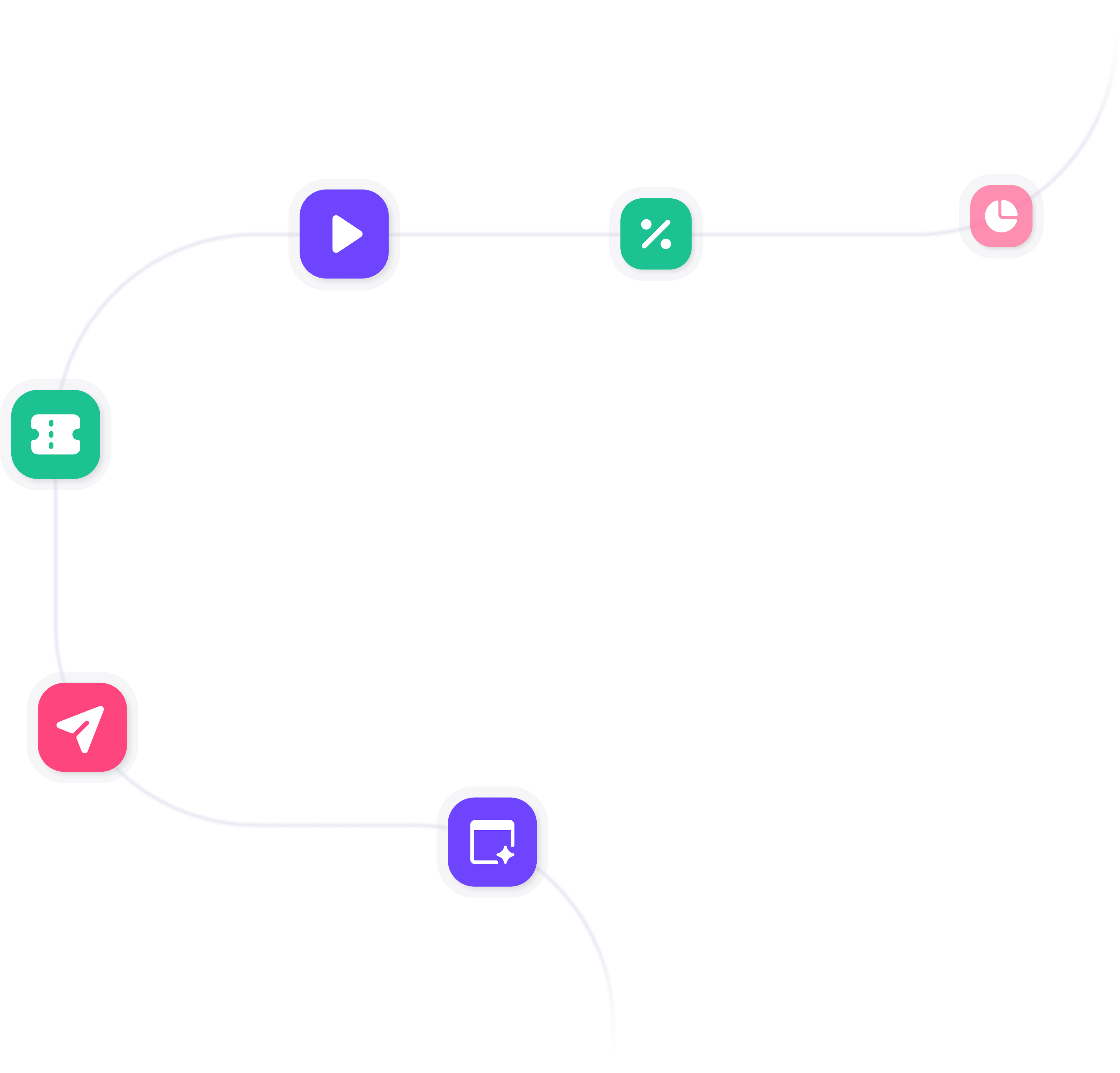Geofencing
Geofencing, a location-based technology, has proven beneficial in the event industry by linking the digital and physical worlds. Learn how it's redefining attendee experience.


Geofencing is a location-based service in which an app or other software uses GPS, RFID, Wi-Fi, or cellular data to trigger a pre-programmed action when a mobile device enters or exits a virtual boundary set up around a geographical location, known as a geofence. In the context of events, geofencing is used to engage, interact with, and gather data from attendees within a specific physical area. For instance, event organizers can set up a geofence at a conference venue and send notifications, special offers or alerts to attendees' smartphones as soon as they enter or leave the area.
In the evolving landscape of event management, integrating geofencing with a virtual event platform can enhance the event experience by blending physical and digital interactions seamlessly. This fusion allows organizers to create hybrid events that cater to both in-person and virtual attendees.
Benefits of Geofencing in Events
Geofencing goes beyond enhancing attendee experience. It provides deep insights into attendee behaviour, useful for post-event analysis and future planning. It also enables targeted marketing, providing real-time interaction with attendees, which can boost event engagement. Moreover, it can offer safety measures in case of emergencies by identifying device locations within the geofence.
Common Challenges and Solutions
While the technology has many advantages, there may be challenges such as privacy concerns and limited precision of geolocation data. To address these, it’s essential that attendees are informed about the use of geofencing and given the option to opt out. This fosters trust and respects privacy. In terms of precision, continued technological advancements promise improved accuracy of geolocation data in the future. Additionally, integrating geofencing with a hybrid event platform can help in managing privacy issues effectively by ensuring data is only collected within the geofence limits.
Best Practices
Here are some best practices to follow when using geofencing in events:
- Notify attendees: Inform your guests about the use of geofencing technology during the event and provide the option to opt out.
- Target wisely: Use geofencing to target certain areas within the venue for specialized activities, like a VIP meetup, a seminar or a food court.
- Craft engaging notifications: Make sure the alerts or notifications sent to the attendees are relevant and engaging to maximize the response rate.
- Combine with other technologies: Utilize geofencing alongside a webinar platform to extend its reach and effectiveness, offering attendees a comprehensive event experience.
Key Takeaways
Key takeaways from understanding the concept of Geofencing in events:
- Geofencing can enhance attendee experience through targeted, real-time engagement.
- The technology also allows event organizers to gather valuable data for analysis and future planning.
- However, challenges like privacy concerns and location precision do exist, making transparency and continuous technological innovation important.
- Integrating geofencing with hybrid and virtual event platforms can offer a more robust solution to common challenges.